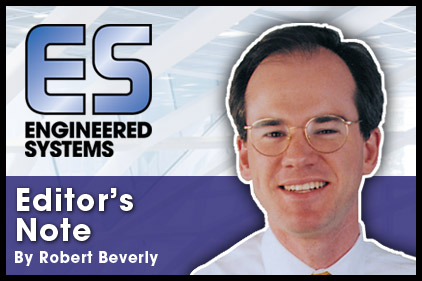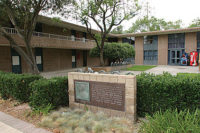What I learned recently: Here in Virginia, we have a demand response program as part of the Department of Mines, Minerals, and Energy. The University of Virginia made local news on June 14 when it participated by shifting some energy load to its own generator for just one hour.
NBC29’s Mary Dunleavy reported the intent:
“… Reducing electrical demand by 10 megawatts, or 18 percent of its energy use. The university asked employees, like the one at UVA’s Alumni Hall, to cut back on their electrical use at work as much as possible between 2:00 p.m. and 3 p.m.”
This sounded sort of random as a one-time exercise. A little more digging turned up an interview on another local outlet (CBS19) with Armando de Leon, the school’s sustainability programs manager (http://www.newsplex.com/home/headlines/96597404.html). He explained it further as part of an ongoing effort to acclimate the university community to responding to very occasional curtailments from Dominion Power. He did a pretty good job of summarizing the benefits in terms of freeing up electricity to avoid outages for residential customers and so forth.
Following up on last month’s college and university theme, does your institution do anything like this, basically a simulated curtailment as practice for an actual temporary demand response shift?
On a side note, he mentioned that his department always keeps their hallways dark, and that they turn off computers when they leave, etc. I seem to remember some conventional wisdom in the ’90s that it was more energy-efficient to leave computers on than to put them through the multiple startups. I bet a few of you recall offices where the lights had been turned off but the computer screen (maybe even a green one!) continued to glow or show one of those charming early-generation screensavers. Have we settled that that’s no longer the best practice? E-mail me your thoughts (or screenshots of those classic screensavers) at beverlyr@bnpmedia.com.
ESCO & TRI-GEN
On the other hand, our quarterly High-Performance Buildings section is a little different this month, foregoing smaller news and product items for an actual feature of its own. Industry experts and familiar ES names Jack Mc Gowan and Leighton Wolffe have collaborated to write about what they’re calling ESCO 2.0. This includes an interesting overview of some of the history involved, along with educated insight on where building owners might look in the future as these sorts of strategies and performance contracts evolve with modern technology and opportunity.
Load-shifting actually makes yet another appearances this month, with Milt Meckler weighing in with his usual attention to detail about a recent project where his firm explored three different thermal storage-related options. Don’t miss it if your organization is contemplating (or might contemplate) long-term investment in this sort of approach.
BONUS TUESDAY!
On the conference front, an abundance of good content opportunities has led us to add an extra half-day to our High-Performance Buildings schedule. Now, attendees can also attend a half-day of workshops on Tuesday, September 11, at no extra cost beyond the previous registration fee.
The two workshop tracks are Tools & Systems along with Sustainability & Energy Efficiency. Jorge Torres Cotto of Empirical Engineering leads a “2012 Update on LEED Energy & Atmosphere,” and the Cadmus Group presents on “Best-in-Class Facilities Management Programs.” Elsewhere, David Bell of Progressive AE talks about “Advanced Geothermal Heat Pump Systems” and Yujie Cui of ConEdison presents on a “Low-Cost Retrofit of a Large Class ‘A’ Office Building.”
That’s only half of the Tuesday content. See the day’s full schedule at www.esmagconference.com. Our space for those special workshops may be limited, though, so I encourage you to register sooner rather than later and take advantage of a good few hours of extra in-depth presentation and interaction. A good idea to take out of one of those sessions might pay for the whole trip right there. ES
IndustryEvents
SEPTEMBER 25-27
AHR Mexico
International Exposition Company
Monterey, Mexico
For info, visit http://ahrexpomex.com/eng.
OCTOBER 29-30
2012 ASHRAE/NIST Refrigerants
Conference: Moving Toward
Sustainability
Gaithersburg, MD
For info, visit www.ashrae.com.
NOVEMBER 12-14
7th International Cold Climate HVAC
Conference ASHRAE, REHVA, and
SCANVAC.
Calgary, Alberta, Canada
For info, visit www.ashrae.com.




